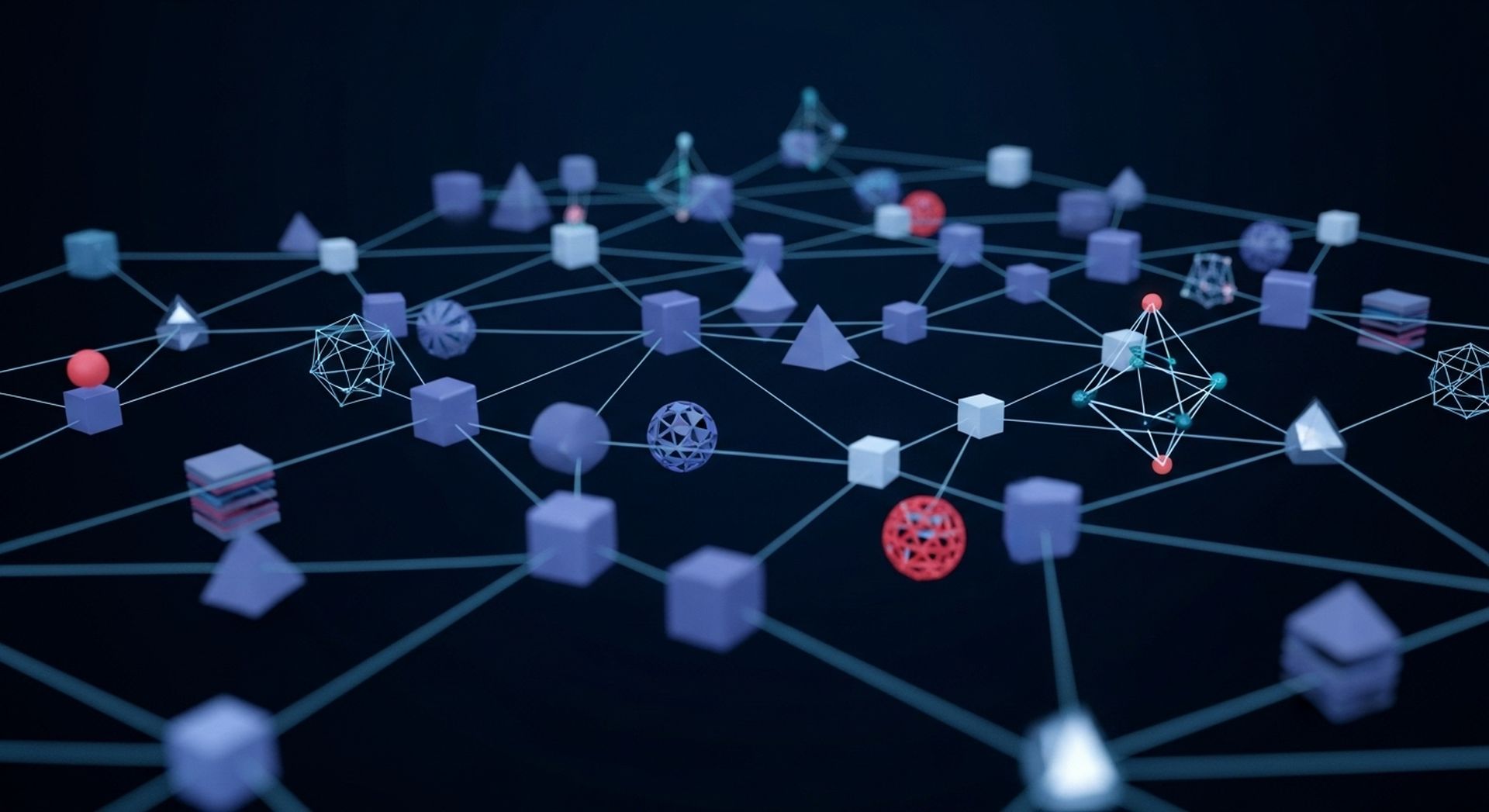and the distribution of digital products.
DM Television
Why 80% of gen AI delivers no real business gains

Generative AI is everywhere, yet its impact is elusive. Nearly eight in ten companies now report using gen AI in some form, but about the same number say it has delivered no significant bottom-line impact. This is the core of what McKinsey calls the “gen AI paradox.”
At the heart of this paradox lies an imbalance. Horizontal use cases—such as enterprise-wide copilots and chatbots—are widespread but deliver diffuse, hard-to-measure gains. Meanwhile, more transformative vertical use cases, embedded into specific business functions, remain largely stuck in pilot mode. According to McKinsey, fewer than 10 percent of these use cases scale beyond experimentation.
Why agents mark a turning pointAgentic AI offers a way to move beyond the current plateau. Unlike traditional gen AI tools, which are reactive and limited to individual tasks, AI agents can automate complex workflows. They combine autonomy, memory, planning, orchestration, and integration—shifting gen AI from a helper to a goal-driven virtual coworker.
This evolution unlocks more than efficiency. It boosts adaptability, accelerates operations, enables personalization at scale, and opens new revenue opportunities. However, capitalizing on this shift requires rethinking workflows from the ground up, with agents at the center—not as plugins, but as core process components.
The gen AI paradox explainedDespite rapid adoption, most organizations haven’t seen material economic returns from gen AI. According to McKinsey, over 80 percent of companies report no earnings impact. Horizontal tools are easier to deploy but harder to measure in terms of ROI. Vertical use cases promise higher returns but face greater technical, organizational, and cultural barriers to scaling.
These barriers include fragmented initiatives, a lack of packaged solutions, immature LLM technologies, siloed AI teams, data quality issues, and cultural resistance. Still, this early phase has helped companies build foundational capabilities in prompt engineering, governance, and AI literacy.
AI is breaking the internet’s memory
Agents shift gen AI from reactive to proactiveAgents are not just an upgrade. They are a new paradigm. By combining LLMs with memory, orchestration, and planning capabilities, agents can act autonomously, track goals, adapt workflows, and interact directly with humans and systems. This enables full automation of processes that first-generation tools could only assist with.
Operational gainsAgents eliminate delays by executing multiple steps in parallel. They adapt in real time based on incoming data. They personalize interactions, scale elastically, and maintain resilience under disruption. For example, in a supply chain scenario, an agent could dynamically reallocate inventory, select transport modes, and negotiate with systems, all without human intervention.
Revenue growthAgents can amplify existing revenues through personalization and upselling in e-commerce or financial services. They also enable entirely new business models, such as embedded agents in industrial equipment triggering maintenance or monetizing features on demand.
- A large bank used AI agents in “digital factories” to modernize a legacy system composed of 400 software components. Human teams supervised agent squads that wrote, tested, and integrated code. The result: over 50 percent reduction in time and effort for early adopter teams.
- A research firm implemented agents to detect data anomalies and explain market shifts. The system synthesizes signals from both internal changes and external events. This approach promises a 60 percent productivity gain and $3 million in annual savings.
- A retail bank used agents to help relationship managers draft complex credit-risk memos. The agents extract data, score confidence levels, and suggest next steps, shifting analysts from manual work to strategic oversight. Productivity gains range from 20 to 60 percent, with a 30 percent faster turnaround.
True transformation requires rearchitecting entire processes—not just automating tasks. In a call center example, traditional gen AI offered a modest 5 to 10 percent gain. Adding agents without redesign improved it to 20 to 40 percent. But full reinvention, centered around proactive agents, enabled up to 80 percent automation and a 60 to 90 percent reduction in resolution time.
While not all processes require complete overhaul, McKinsey emphasizes that high-impact domains—those that are cross-functional, exception-prone, or performance-critical—benefit most from deep redesign.
Scaling agents across the enterprise requires a shift to what McKinsey calls the agentic AI mesh: a modular, governed, vendor-neutral architecture that supports autonomous agent ecosystems. This includes:
- Composability: Any model or tool can plug in.
- Distributed intelligence: Tasks are handled by networks of agents.
- Layered decoupling: Logic and memory are separated for flexibility.
- Vendor neutrality: Open standards avoid lock-in.
- Governed autonomy: Embedded controls ensure safe operations.
As agents evolve, so must enterprise systems. APIs are only a starting point. Future systems will be designed for machine-to-machine interaction, not human navigation. This shift is already visible in enterprise software—from Microsoft’s Copilot Studio to Salesforce’s Agentforce and SAP’s Joule integration.
Technical readiness is not the only barrier. Trust, coordination, and governance are critical. Organizations must define when agents act independently, how they interact with humans, and how to prevent uncontrolled proliferation of agents (known as “agent sprawl”).
McKinsey argues that only CEOs can lead the pivot from scattered pilots to scaled transformation. This includes three strategic moves:
- Refocus: Conclude the experimentation phase and align AI with core strategy.
- Redesign: Set up strategic AI governance with cross-functional oversight.
- Launch: Kick off high-impact workflow transformations and build agent-ready infrastructure.
- Home
- About Us
- Write For Us / Submit Content
- Advertising And Affiliates
- Feeds And Syndication
- Contact Us
- Login
- Privacy
All Rights Reserved. Copyright , Central Coast Communications, Inc.